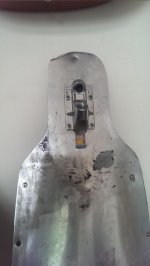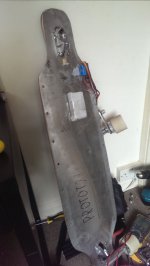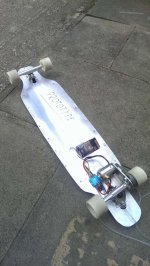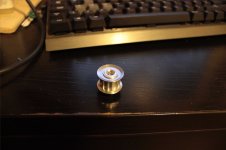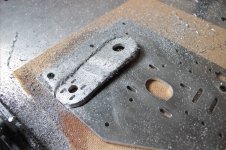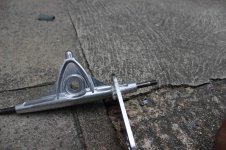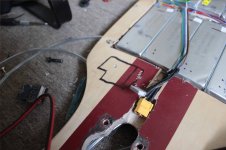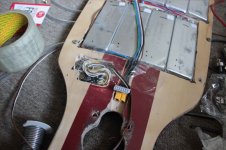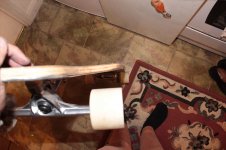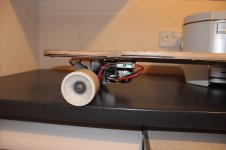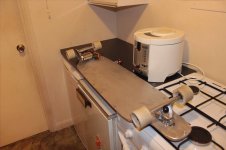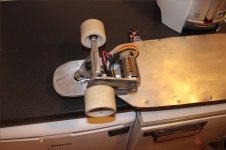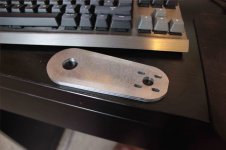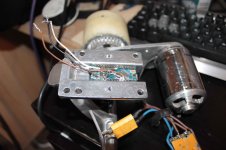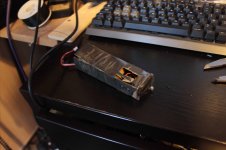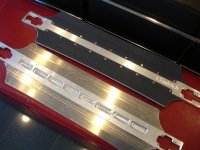Marcin
1 W
- Joined
- May 12, 2015
- Messages
- 51
@sl33py;
Thank you for your suggestion. I'm afraid that cutting the sheet smaller would not be a good option, the deck would snap since the sheet is now the main support structure.
The sheet itself weight just a little over 400g, which is almost unnoticeable.
So far it seems that I will indeed need to hammer it into the shape of the board
@bandaro; Upon fastening the sheet, it has pulled itself onto the curve of the longboard, it's very stiff with little give to it. My main concern here is the unevenness (bumps) in between each screw around the edges, I'm not sure how to tackle them. I'd like the sheet to be easily removable for battery swaps.
I might go into the extra effort of covering the sheet in fiberglass, masking the imperfections that way, I'll look for some more alternatives before I start
Thank you, Marcin
Thank you for your suggestion. I'm afraid that cutting the sheet smaller would not be a good option, the deck would snap since the sheet is now the main support structure.
The sheet itself weight just a little over 400g, which is almost unnoticeable.
So far it seems that I will indeed need to hammer it into the shape of the board
@bandaro; Upon fastening the sheet, it has pulled itself onto the curve of the longboard, it's very stiff with little give to it. My main concern here is the unevenness (bumps) in between each screw around the edges, I'm not sure how to tackle them. I'd like the sheet to be easily removable for battery swaps.
I might go into the extra effort of covering the sheet in fiberglass, masking the imperfections that way, I'll look for some more alternatives before I start
Thank you, Marcin


